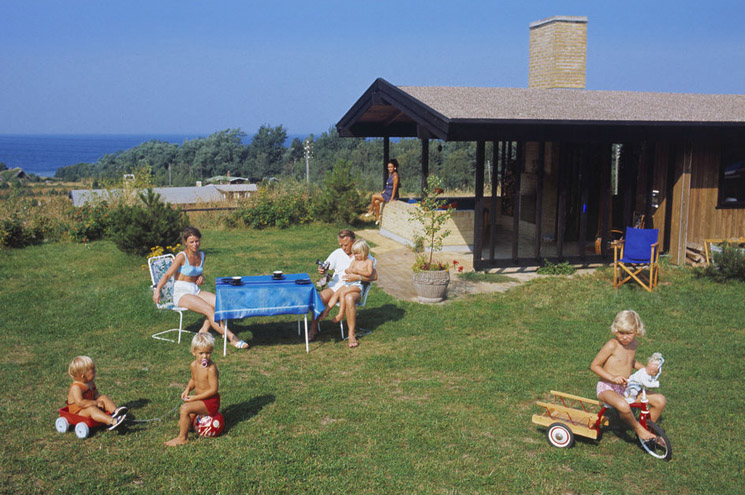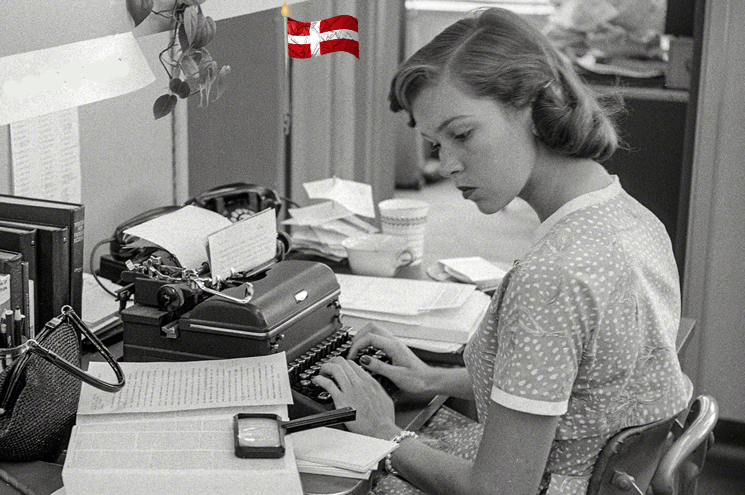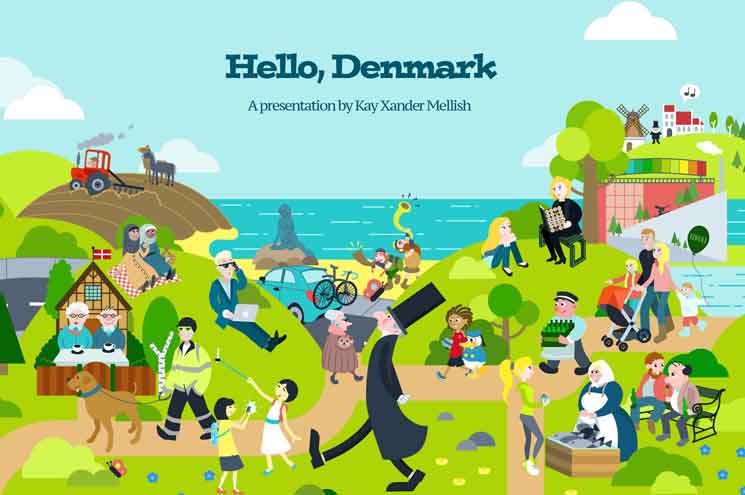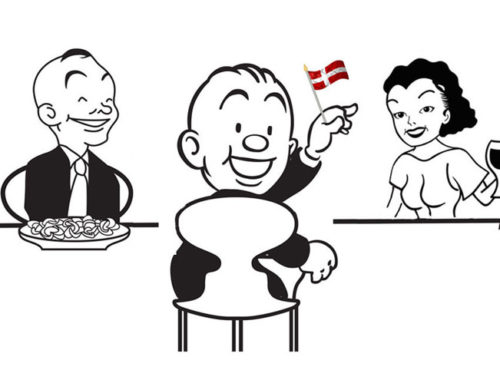If you live in city or a big town in Denmark, you may notice that the weekends are getting very quiet just about now.
The streets outside my home in Copenhagen are empty. The streetlights just change from red to green and back again, but no cars ever pull up. Nobody comes to cross the street. It’s a little like a scene a movie right after the zombie apocalypse.
This is because all the Danish people have gone to their summerhouses.
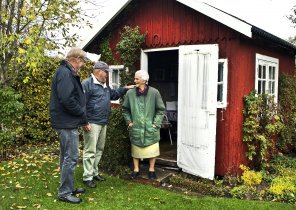 On Friday afternoons, Danish people like to pack up their cars, drive out to the countryside, and spend the weekend in conditions that are sometimes quite primitive.
On Friday afternoons, Danish people like to pack up their cars, drive out to the countryside, and spend the weekend in conditions that are sometimes quite primitive.
Every summerhouse is different, but most of them seem to have questionable plumbing, odd sleeping arrangements, and chipped dishes and glassware.
An old tradition
The Danish summerhouse is an old tradition – 400 years ago, the government started offering small plots of land to the industrial workers who lived in crowded, sooty slums. The idea was that they could get away into the clean, fresh air on weekends, and grow healthy vegetables.
Fast forward to now, and very few people grow vegetables on their plots. Instead, these small summerhouse plots have become little kingdoms, with neatly clipped hedges all around and lots of lawn chairs and flowerbeds and bird feeders. In the center is a tiny, tiny house – usually not more than 50 square meters, or 400 square feet – where the entire family spends the summer.
This little doll house is almost always lovingly taken care of. Freshly-painted wooden facades, sparkling windows, flowery curtains.
always lovingly taken care of. Freshly-painted wooden facades, sparkling windows, flowery curtains.
I’ve also seen elaborate ones: one near my house has a copper roof, like a courthouse or a cathedral. When I was looking at real estate ads for this story, I saw another one that had been fitted with big white columns like the mansion house in Gone With the Wind.
But as fancy as they are, they are small. There’s usually room for one double bed, or a fold-out couch, and then maybe there’s a loft where a couple more people can sleep, maybe a porch for one or two more. I would guess that Danish maximum-security prisoners get more sleeping space than ordinary Danes in their summer houses.
Two types of summerhouse
Before I go further, I should explain that there are actually two types of summerhouse. One type, sometimes called a fritidshus, or ‘free-time house’, is really in the countryside. It can take several hours to drive there from the family’s main home.
The other kind is what’s called a ‘colony garden’ – kolonihave – and these tend to be in, or close to, the major cities. If you take the S-train through the northern part of Copenhagen, for example, you’ll see all sorts of little shacks down by the railroad tracks. (That sounds like a Dolly Parton song, doesn’t it? ♫ I got a little shack by the railroad track. ♫ )
But these shacks are not the homes of poor-but-cheerful banjo players. They are colony gardens, and the people who own them have at least one other home and money enough to take care of two.
Lots of Jensens and Hansens, few El-Hassans
Each colony garden is part of an association run by volunteers, which maintains the waiting lists to get a plot. These waiting lists are hundreds of people long, and they read like the Danish phone book of 1957.
Lots of Jensens and Hansens and Larsens and not many El-Hassans, although there are a few. Still, colony gardens are an ethnic Danish phenomenon. You’ll notice a lot of the plots have very tall flagpoles with very large Danish flags.
If you don’t want to wait for your colony garden, you can buy one. I saw one on sale this week for 700,000 kroner– that’s about 94,000 Euro, or 1o0,000 U.S. dollars. The house is 45 square meters – 500 square feet – and it has no toilet. But the ad says you can install one if you want.
Of course, you can only use the toilet from May to September. This is the big difference between colony gardens and other summerhouses – you are not allowed to live in a colony garden year round. They turn off the water in the winter to make sure.
What do you do there?
One thing I, as a foreigner, have never understood is what you do in a colony garden or a summerhouse. Supposedly, it’s about getting away from it all. I guess you can read, or sit in the sun, or play board games when it rains. You can always invite the family over for a big Sunday lunch.
But I have a theory about the real reason summer houses are so popular in Denmark. Danes like nothing more than to fix up their houses, and when they buy a summerhouse, they have two houses to fix up.
You know, they can cut the grass, they can make more flowery curtains, and they can go out and buy chipped glassware at the local flea market.
Fixing up a summerhouse can keep a Danish person happily occupied . . . all summer.
Buy Kay’s books about Denmark on Amazon, Saxo, Google Books, Apple Books, Barnes & Noble Nook, or via our webshop.
Image mashup copyright Kay Xander Mellish 2025
Read also:
Summer vacation in Denmark: The Agony and the Ecstasy
Danish summer: Why you should run outside now
Danish beaches in winter: White light and bitter wind
More Snow Tomorrow: Surviving Winter as a Foreigner in Denmark
Danes and Spring: Hot wheat buns and highly-educated drunks
Autumn in Denmark: The Slow Fading of the Light

